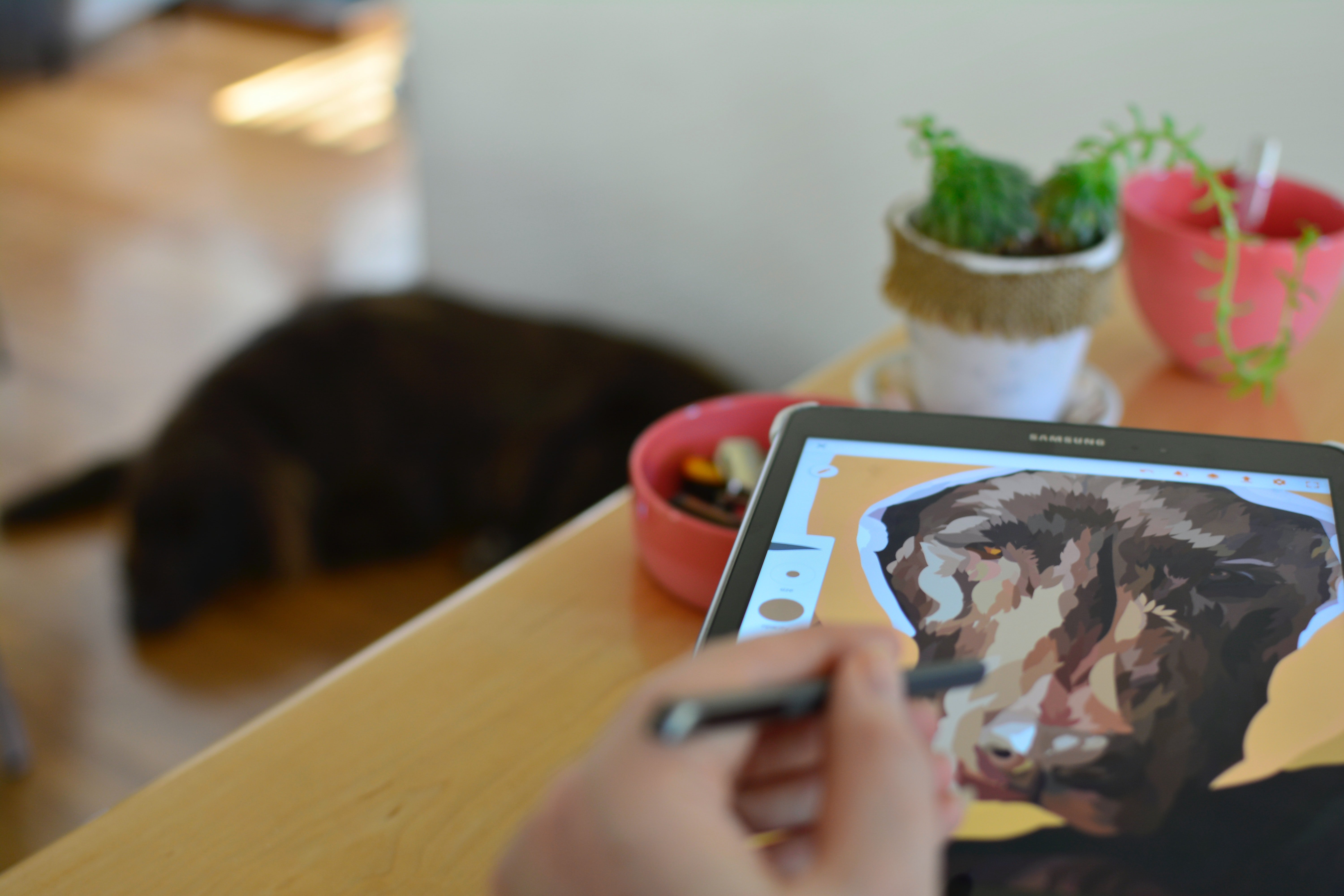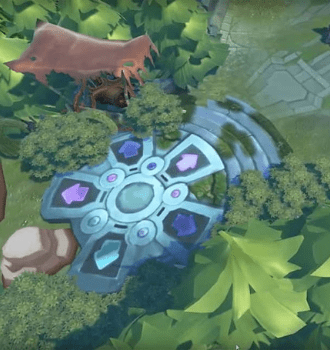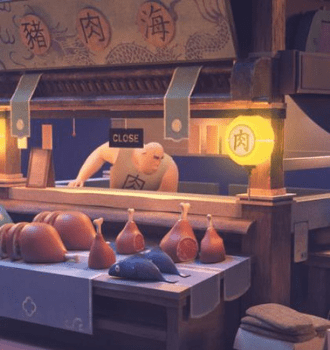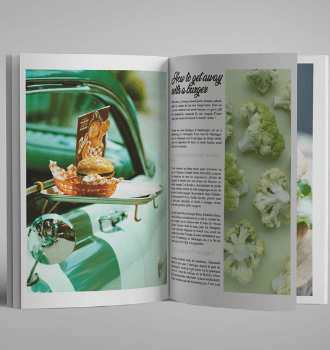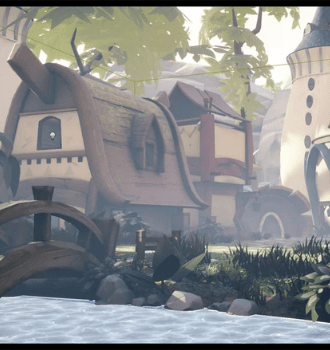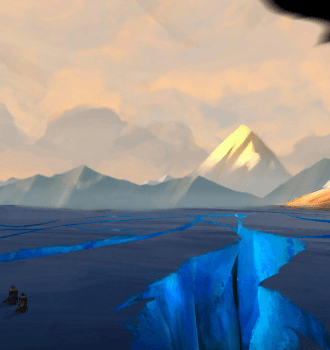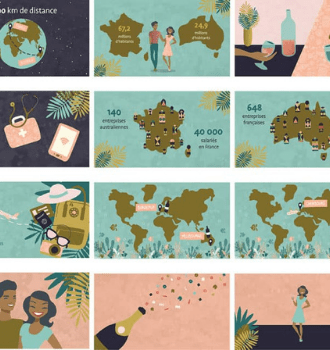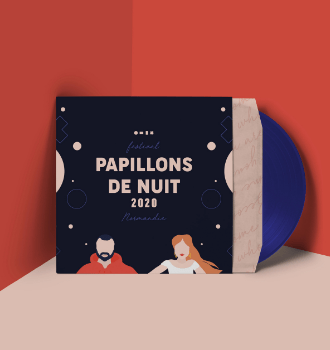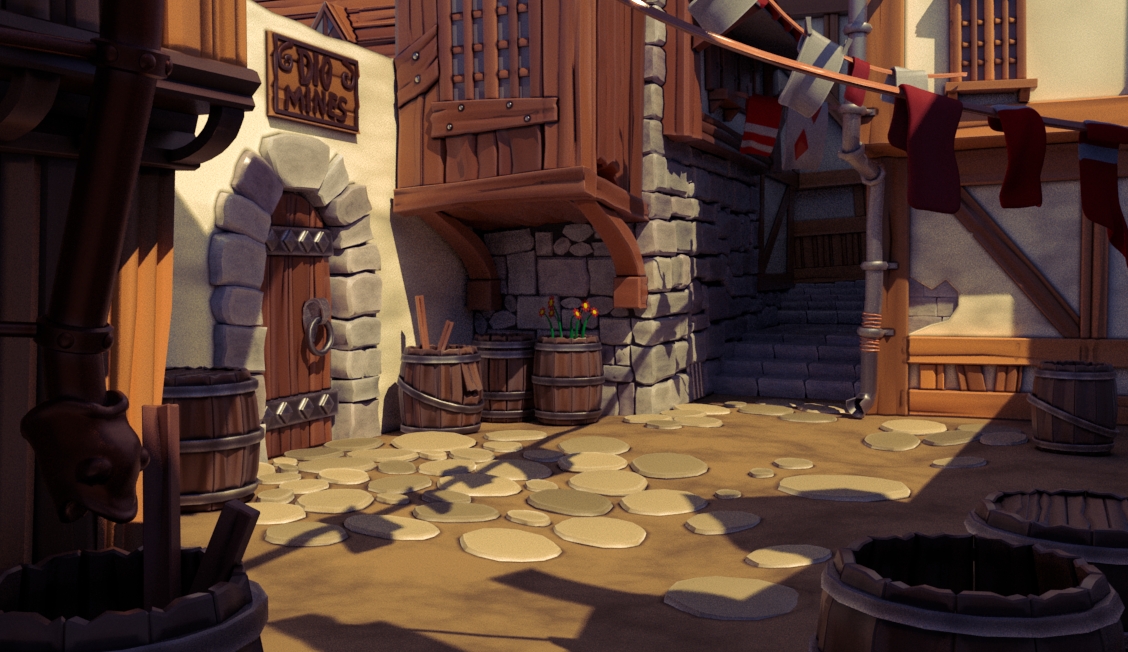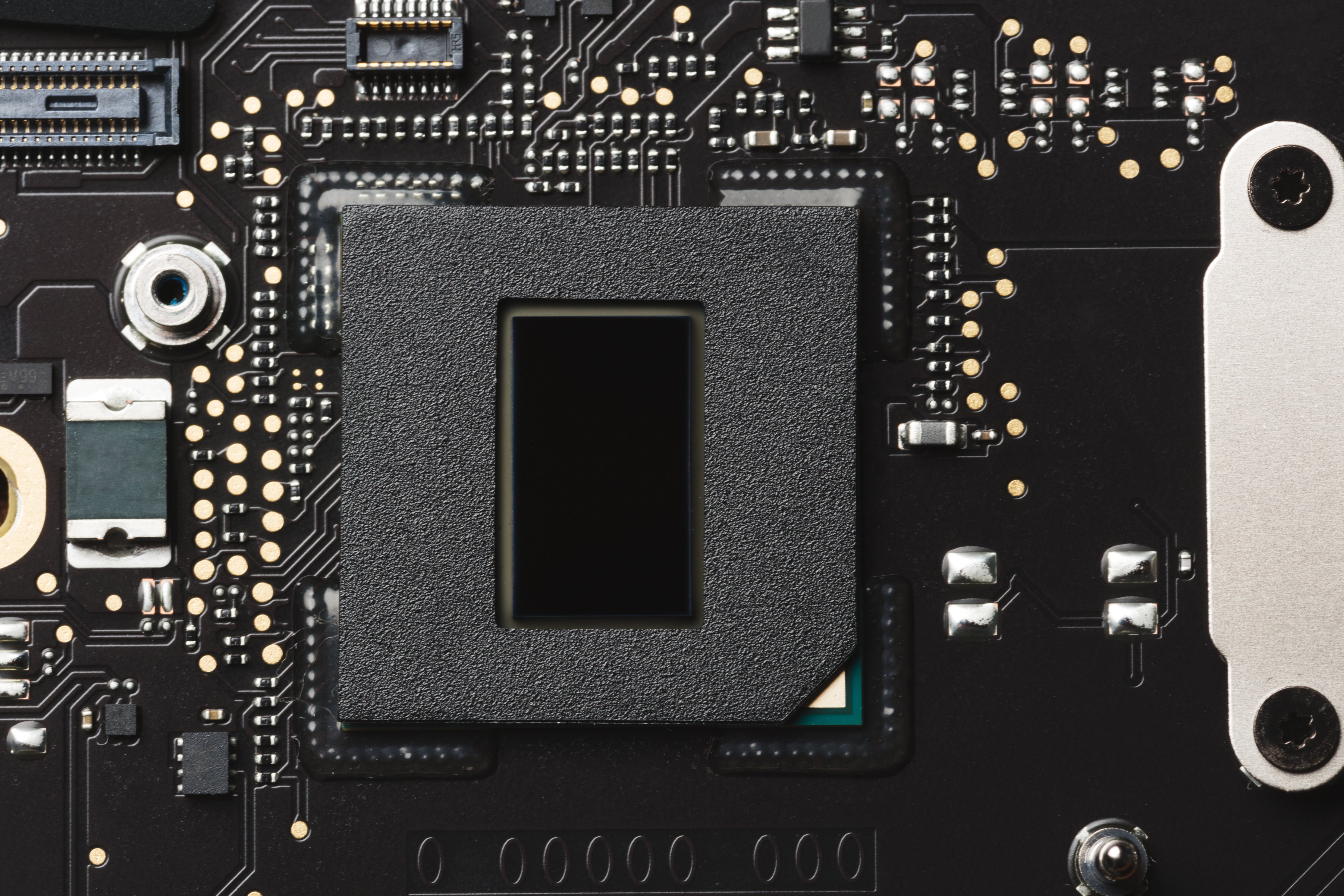Today, as a creative person, a simple CV with a photo of yourself and a list of experiences is no longer enough. You need...a portfolio! The portfolio is the essential tool for the creative person. It allows you to get to know your experiences, your skills and your creative style in an illustrated way.
With your portfolio, you can play on originality (present a bias, a strong concept...) or remain simple, sober and effective to enhance your projects.
A quoi doit ressembler votre futur portfolio ? Que doit-il raconter ? Quelle forme doit-il avoir ? Créer son portfolio nécessite un peu de réflexion. Pour vous y aider, nos experts vous ont préparé 10 conseils pour concevoir votre portfolio.
How should your future portfolio look like? What should it tell? What shape should it have? Creating your portfolio requires some thought and ideas. To help you do so, our experts have prepared 10 tips to design your portfolio.
TIP N°1: Highlight the creations you are proud of to create a successful portfolio.
In a portfolio, highlight only the best of your creations. It doesn't matter the quantity, it's the quality that counts! Take a step back from your creations. All unfinished creations should not appear. Here, the portfolio is your professional showcase. Show only what will appeal to future recruiters and clients. The portfolio should encourage them to contact you again.
TIP N°2 : succeed in explaining the context of your creations in a portfolio.
When you present your creations, provide a space to explain the context and your biases. This often seems to be a detail. Many portfolios do not have legends. When these details are highly appreciated by recruiters and clients.
TIP N°3: Design and care for the graphic design for a successful portfolio
"You only get one chance to make a good impression". Home page of your digital portfolio or cover of your paper portfolio, pay special attention to the graphic design of this page. It will make people want to get to know the rest of your work. Your portfolio should also have its own design and graphics that reflect you. You must draw the reader or web user into your universe. To do this, don't forget to keep a graphic consistency throughout the portfolio.
TIP N°4: Illustrate the details of your creations for a successful portfolio
You have designed a 3D product that you are very proud of. In your portfolio, don't put only the image of the 3D. Take the opportunity to put several visuals, several angles... Putting several visuals (including zooms) draws more attention to the quality of the work. You can even add a caption.
TIP N°5: Showcase successful personal work
Don't forget to showcase your personal work that says a lot about the creative person you are. They are voluntary creations, less framed, freer. In the end, in a portfolio, personal works are the ones that present you best. Be proud of them and show them! Our advice: the personal work you show should be related to the position you are applying for.
TIP N°6: Design a digital or paper portfolio? Both!
In the era of digital first, this question is quite legitimate: does the paper portfolio still have its place? Yes, even if all your graphic creations are digital. During a meeting with a prospect or a recruiter, the paper portfolio can be useful, appreciated... and even requested. Take care of the quality of the printing, the chosen paper or the chosen format. And of course, we can't repeat it enough: graphics!
Another tip: prepare your portfolio in pdf format. This way, you will be able to send it by email to the future recruiter. On the day of the appointment, don't hesitate to present real samples (packaging, brochure...).
TIP N°7: Increase the number of digital formats for a successful portfolio
These days, there are so many ways to communicate with recruiters and clients. Your portfolio can take the form of:
- website and online portfolio (with an url)
- portfolio, in a social media form (Facebook, Instagram…),
- portfolio, in a professional network form such as LinkedIn
- portfolio, in designers network form like Behance
- portfolio, blog
- portfolio, adobe pdf
- printed portfolio (print version)
and many other existing and future formats.
It's up to you to choose the format(s) that suits you and to make links between them. Multiply the portfolios... but be reasonable about the number of variants. In the end, the most important thing is that your portfolio is always up to date. How to choose the portfolio media? By thinking about the job you are aiming for. For example, a UI Designer can present it as an application.
TIP N°8: Design a responsive portfolio
Whatever form of portfolio you choose, design it "responsive". Designing a portfolio with a mobile experience means welcoming about 60% of visitors. Think about those mobile internet users who want to browse your portfolio, think about the navigation they will have on your website, blog, social network...
TIP N°9: to have a successful portfolio you must know how to present yourself
A portfolio aims to present you through your creations, your expertise and your graphic style. Whatever form of portfolio you choose, don't forget to design an editorial and graphic part to present yourself in your portfolio.
TIP N°10: Update your portfolio for a successful portfolio
A portfolio is a living tool. Imagine that your "portfolio web site" is about ten years old :
- Your portfolio is not responsive;
- The graphic design of your portfolio no longer meets current trends ;
- The technologies used for your portfolio are obsolete
- Your latest works are much better graphically...
Constantly redesigning your portfolio means that you are taking care of your professional image.
A portfolio that evolves during the formation
As a student, your portfolio will evolve over the course of the formation. Case studies and role-plays will multiply. New experiences to be valued through your portfolio...
Graphic design, concept art and illustration, 3D infography and 3D VFX animation, game design and game art, space design... all Bachelor courses help you to design your first portfolio, through concrete situations.
In order to succeed your portfolio, you must first of all multiply your experiences. Discover our Bachelor's degree courses which will help you to succeed your portfolio.
